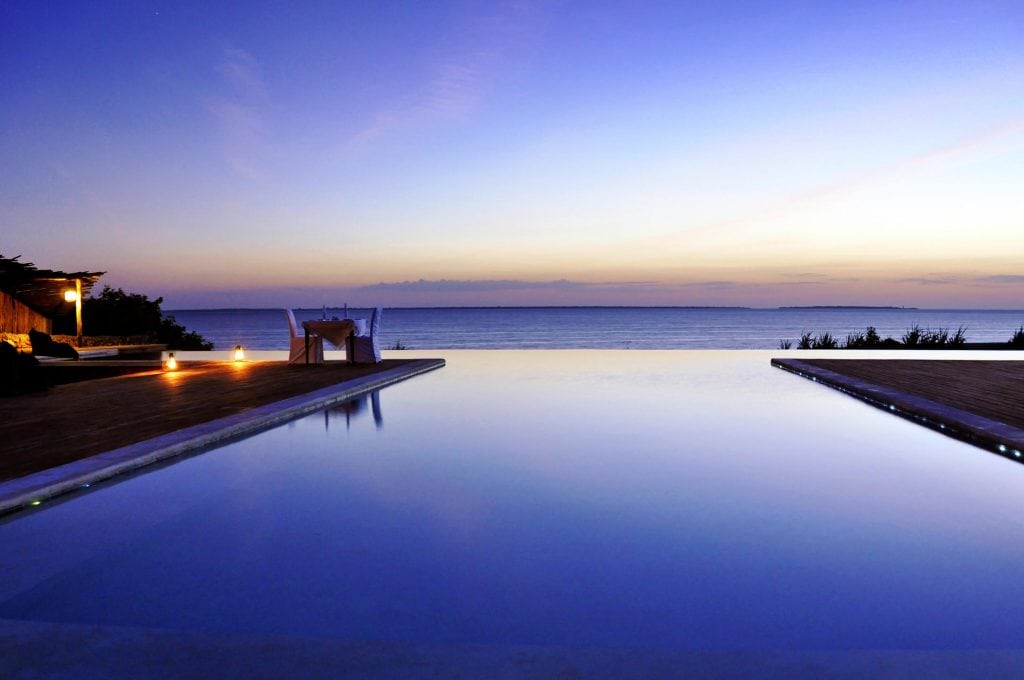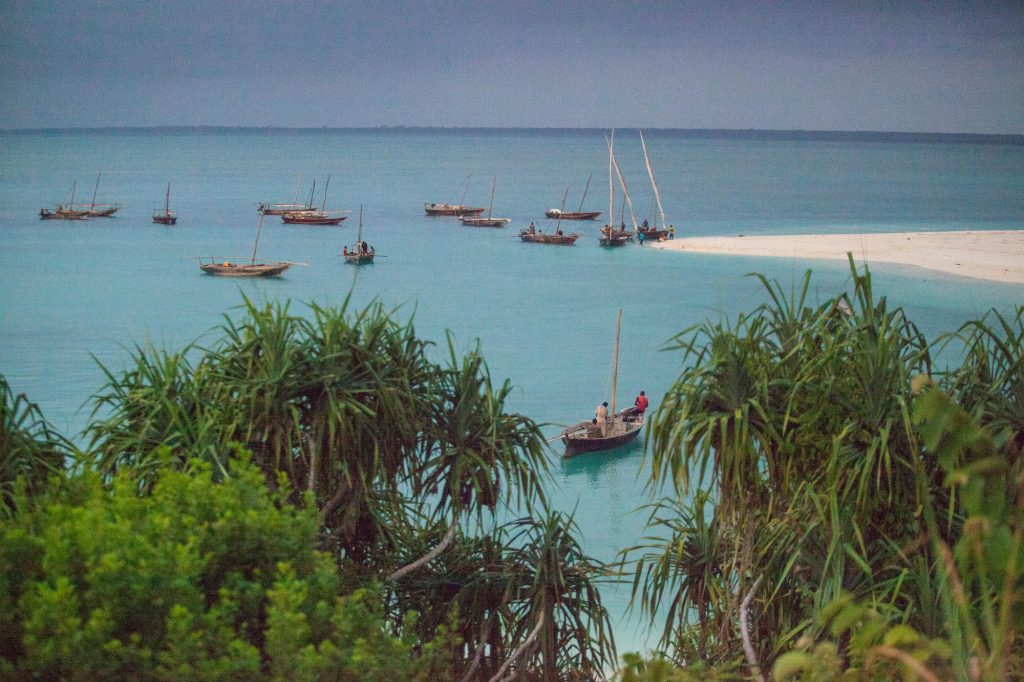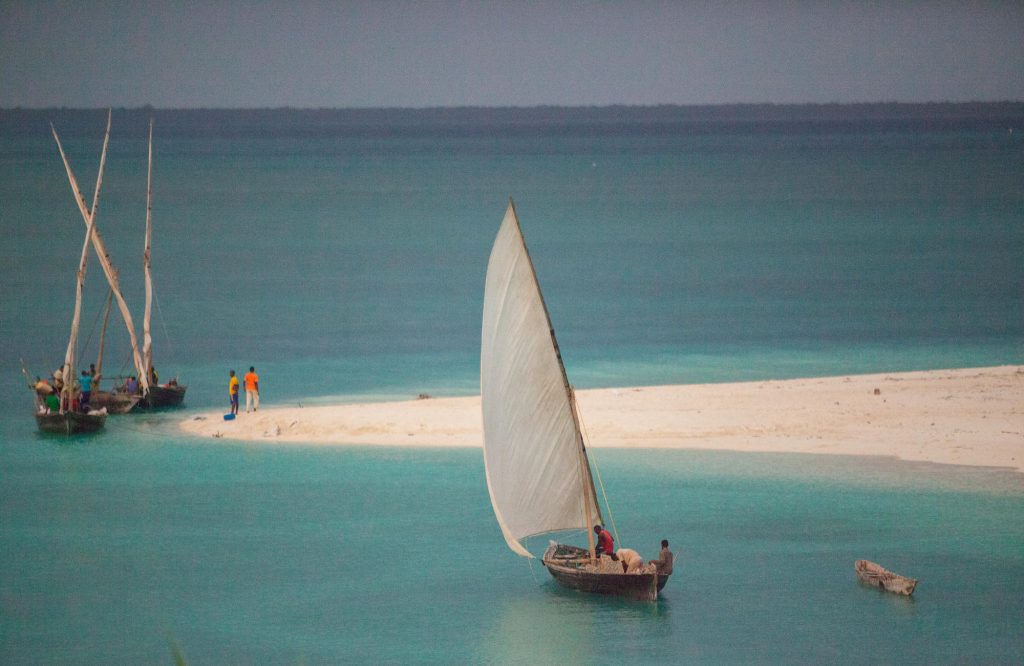Resting approximately 40 kilometres from the Tanzanian coast, this idyllic archipelago consists of Zanzibar and Pemba islands as well as numerous smaller islets. Zanzibar Island is characterised by exquisite white sand beaches fringed by palm trees and lapped by turquoise waters lined with coral reefs brimming with an abundance of exotic marine life. This underwater paradise is a mecca for watersport enthusiasts who flock here for the excellent scuba diving, snorkelling, deep sea fishing, kayaking, kitesurfing, and sailing on traditional dhows. The island’s old city, Stone Town, features a maze of narrow alleyways lined with boutiques, bars, restaurants, lively bazaars, mosques and ornate Arab houses. Don’t miss the chance to relax in the lap of luxury on the exclusive private island of Mnemba, lying just 3 kilometres off the coast of the main island.
More Information
Just south of the equator, Zanzibar's weather pattern follows that of Tanzania very closely – although always tends to be a little more humid – and occasional rain in the dry season is less uncommon than in the heart of the mainland Tanzania.
Generally the main rainy season, or the 'long rains', last during March, April and May. Afternoon tropical downpours are the norm – which can be heavy on any of the islands. The humidity is high and daily temperatures reach the low-mid 30°s.
The long dry season, when rainfall is fairly unusual, lasts throughout June, July, August, September and October. Temperatures vary hugely with altitude and location, but it's usually a fine, clear sky and sunny weather – it's a great time to visit Zanzibar. During November and December there's another rainy season: the 'short rains'. These are much lighter than the main rains and less reliable.
If it has rained during the short rains, then it normally dries up for a few months, January and February, which is Tanzania's 'short dry season', before starting to rain again in earnest in March.







